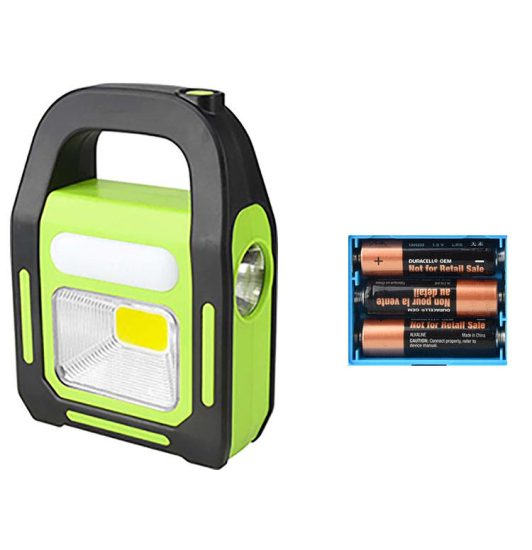Flashlight technology has come a long way from traditional incandescent bulbs to modern, high-powered LED (Light Emitting Diode) flashlights. Here are some advancements and features that go beyond mere brightness in flashlight technology:
- LED Technology: LEDs have revolutionized flashlight design. They are more energy-efficient, durable, and produce brighter light compared to traditional incandescent bulbs. They also last significantly longer, which is crucial for portable devices like flashlights.
- Variable Output Modes: Many modern flashlights offer multiple brightness settings, allowing users to adjust the light output according to their needs. These modes often include low, medium, high, strobe, and SOS settings.
- Rechargeable Batteries: Flashlights equipped with rechargeable batteries or USB charging capability are becoming increasingly popular. This feature reduces waste from disposable batteries and provides convenience for recharging.
- Water Resistance and Durability: Flashlights designed for outdoor and tactical use often feature rugged construction and water-resistant or waterproof capabilities. This makes them suitable for various environments and weather conditions.
- Focus and Zoom Features: Some flashlights have adjustable focus or zoom capabilities, allowing users to switch between floodlight (wide beam) and spotlight (focused beam) modes.
- Heat Dissipation: High-powered flashlights generate heat. Advanced models incorporate heat-dissipating mechanisms to prevent overheating, ensuring the longevity of the LEDs and the overall device.
- Smart Features: Certain flashlights incorporate smart technology, such as Bluetooth connectivity, allowing users to control the flashlight via smartphone apps, adjust settings remotely, or receive notifications.
- Size and Portability: Advancements in technology have enabled the creation of smaller yet powerful flashlights. Keychain-sized lights can emit significant brightness levels, making them convenient for everyday carry (EDC).
- Tactical and Specialized Flashlights: Flashlights designed for specific purposes, such as hunting, camping, law enforcement, or industrial use, may have specialized features tailored to those activities, like weapon mounts, tactical grip, or specific light spectrums (e.g., red or UV lights).
- Thermal Regulation: Sophisticated flashlights incorporate thermal regulation systems to manage heat effectively, ensuring optimal performance without risking damage due to overheating.
As technology continues to evolve, flashlight innovations will likely focus on enhancing efficiency, extending battery life, improving brightness, and introducing more intelligent features to meet the diverse needs of consumers across various industries and activities.


